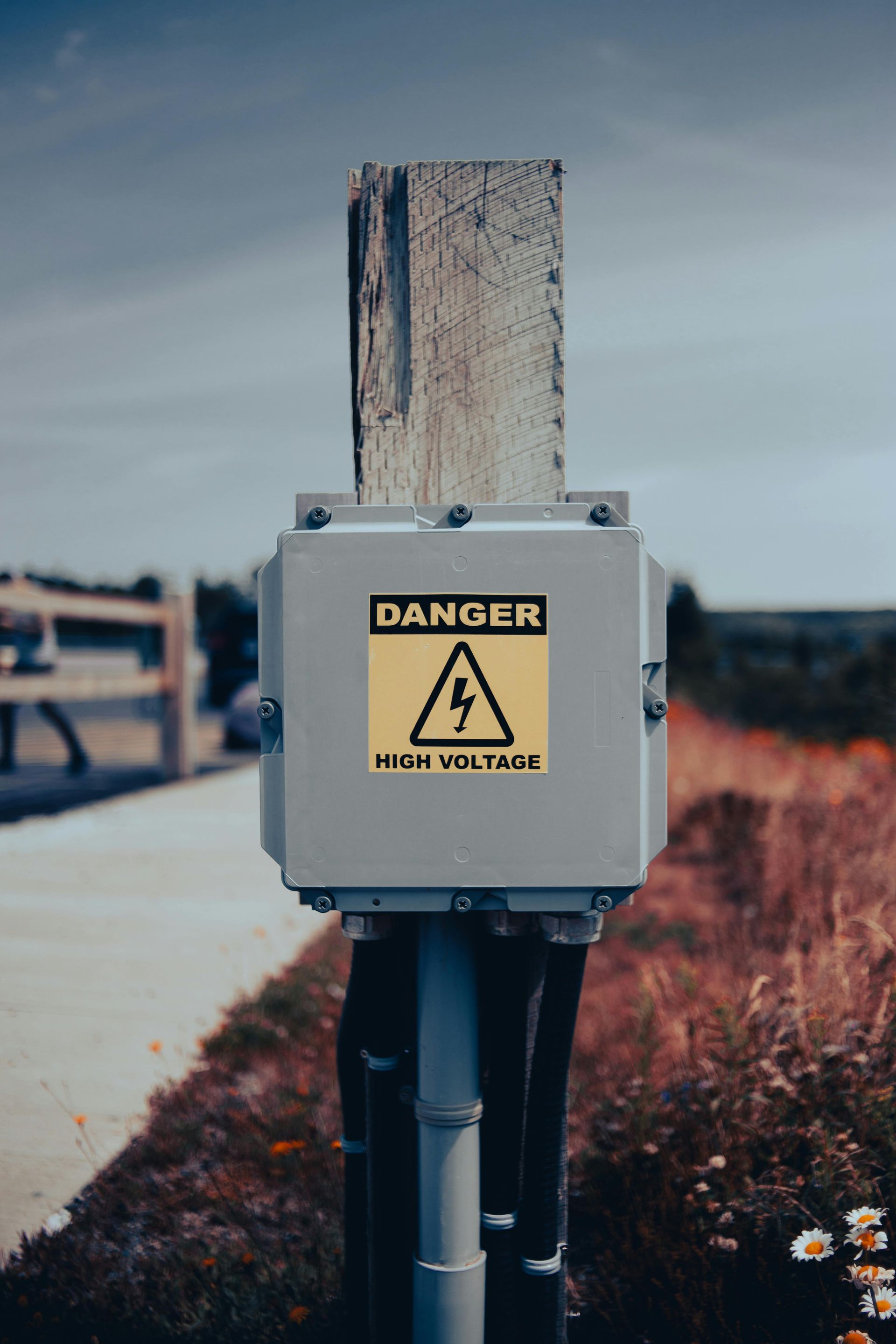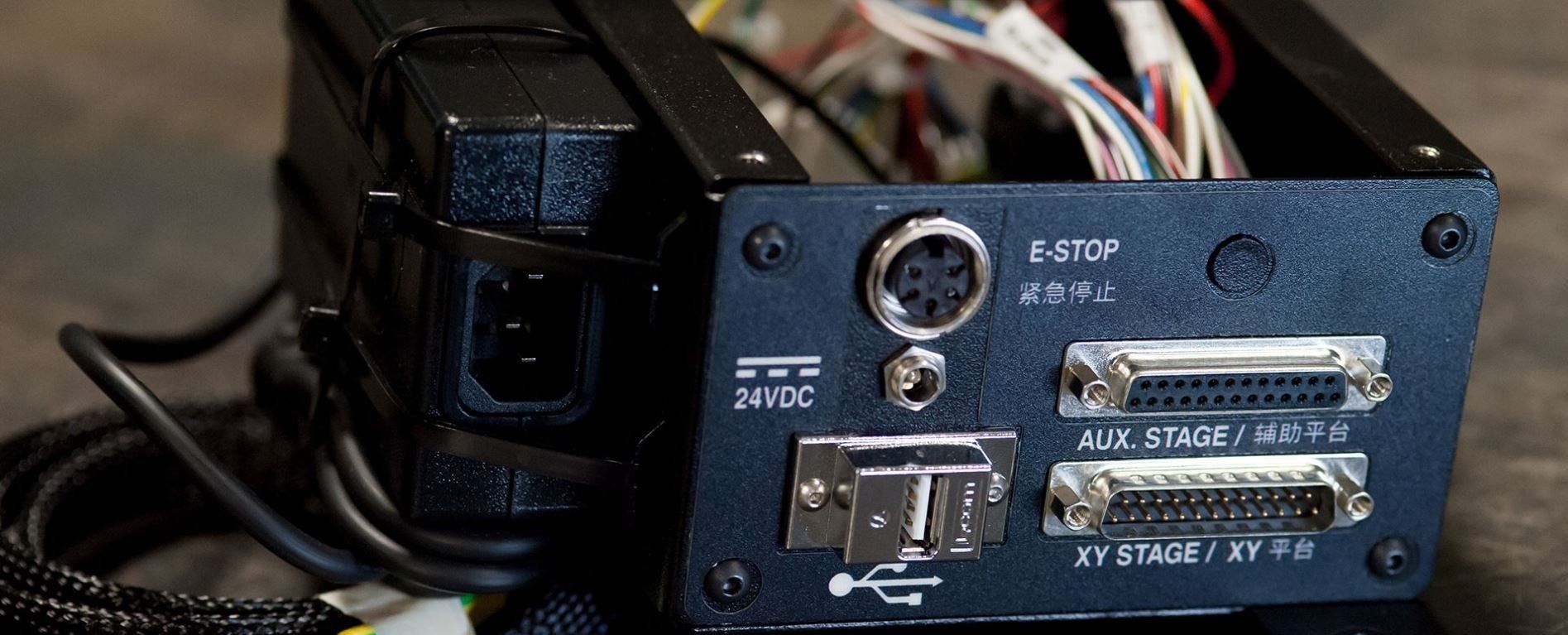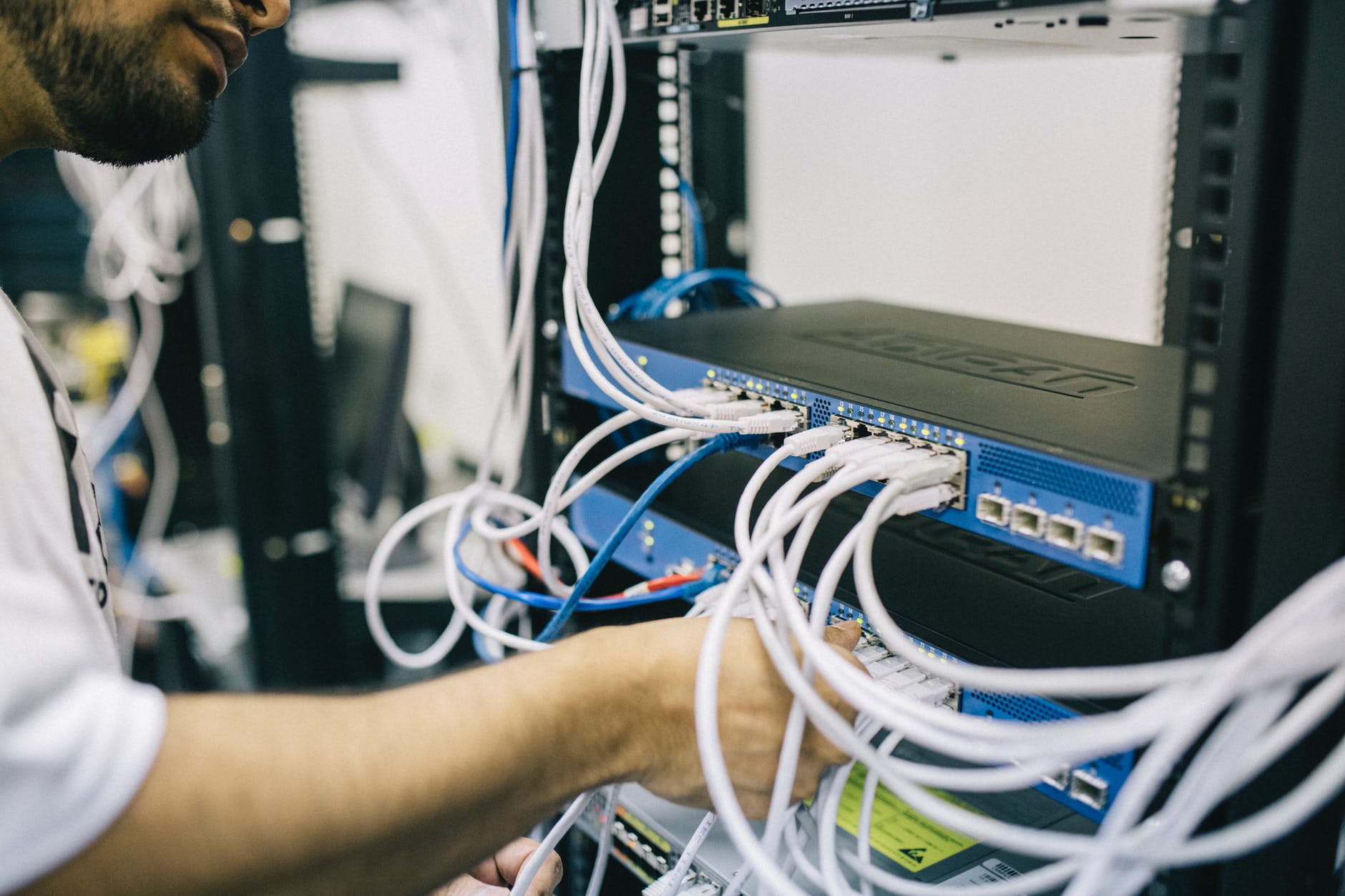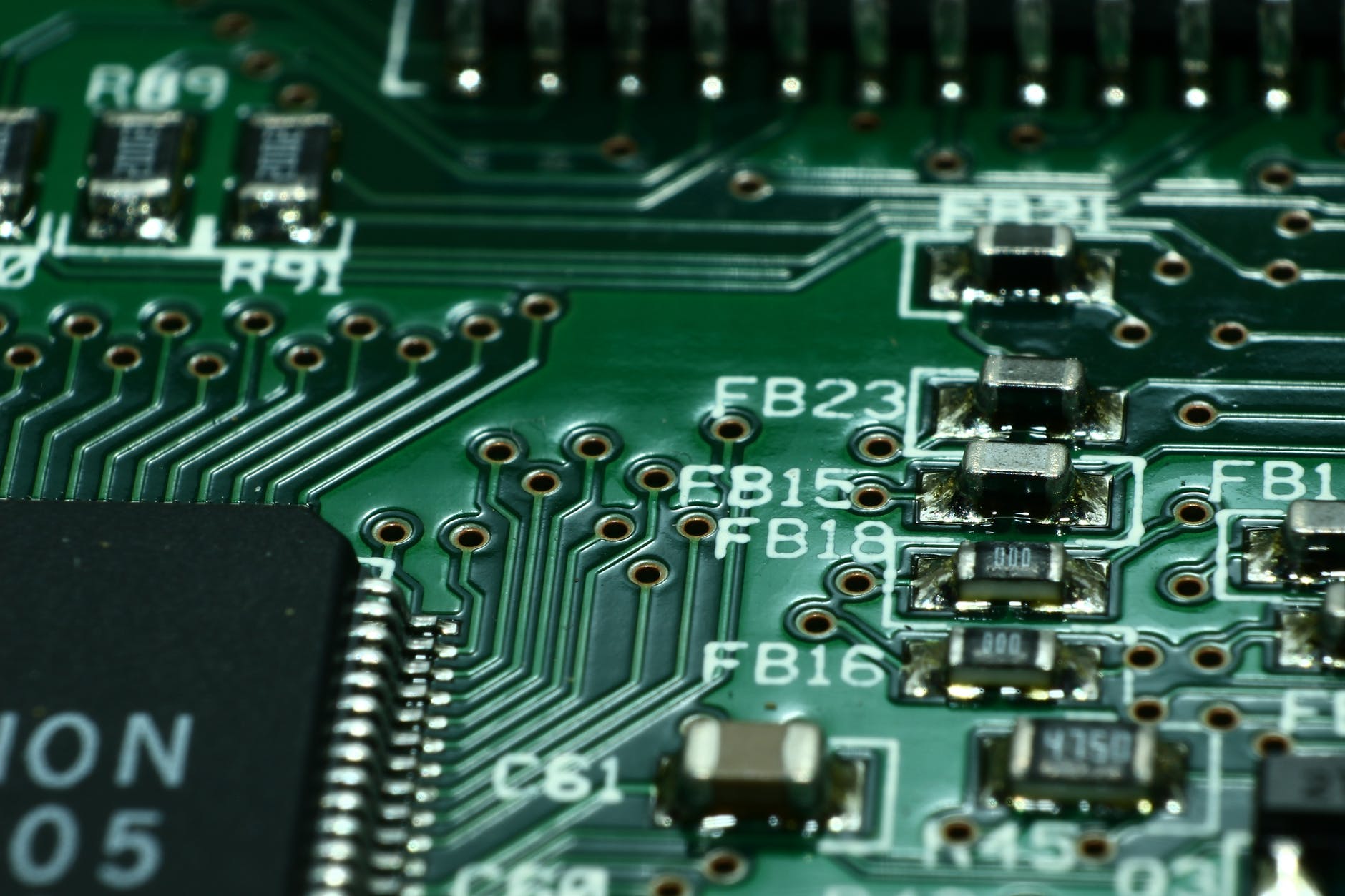The Future of Artificial Intelligence: Trends and Predictions
Artificial intelligence (AI) has come a long way since its inception, transforming industries and revolutionizing the way we live and work. As we step into a new decade, it's exciting to think about what the future holds for AI. In this blog, we'll explore the latest trends and predictions that will shape the future of artificial intelligence.
Trend 1: Increased Adoption of Edge AI
Edge AI refers to the deployment of AI algorithms on edge devices, such as smartphones, smart home devices, and autonomous vehicles. This trend is driven by the need for faster processing, reduced latency, and improved security. As edge AI continues to advance, we can expect to see more intelligent devices that can operate independently, without relying on cloud connectivity.
Trend 2: Rise of Explainable AI (XAI)
As AI becomes more pervasive, there's a growing need to understand how AI algorithms make decisions. Explainable AI (XAI) is a subfield of AI that focuses on developing techniques to interpret and explain AI-driven decisions. XAI will become increasingly important in high-stakes applications, such as healthcare, finance, and law.
Trend 3: Autonomous Systems
Autonomous systems, such as self-driving cars, drones, and robots, will continue to advance in the coming years. These systems will rely on sophisticated AI algorithms to navigate complex environments, make decisions in real-time, and interact with humans.
Trend 4: Human-AI Collaboration
As AI becomes more integrated into our daily lives, there's a growing recognition of the need for human-AI collaboration. This trend is driven by the realization that AI is not a replacement for human intelligence, but rather a complement to it. We can expect to see more AI systems designed to collaborate with humans, augmenting our abilities and enhancing our productivity.
Trend 5: AI for Social Good
AI has the potential to drive significant social impact, from improving healthcare outcomes to reducing climate change. As AI continues to advance, we can expect to see more applications of AI for social good, including AI-powered disaster response systems, AI-driven medical research, and AI-based environmental monitoring systems.
Predictions for the Future of AI
1. AI will become ubiquitous: AI will become an integral part of our daily lives, from smart homes to autonomous vehicles.
2. AI will create new job opportunities: While AI may automate some jobs, it will also create new job opportunities in fields such as AI development, deployment, and maintenance.
3. AI will drive significant social impact: AI will be used to drive significant social impact, from improving healthcare outcomes to reducing climate change.
4. AI will raise important ethical questions: As AI becomes more pervasive, we'll need to address important ethical questions, such as bias in AI decision-making and the potential for AI to exacerbate social inequalities.
Conclusion
The future of artificial intelligence is exciting and rapidly evolving. As we look ahead to the next decade, it's clear that AI will play an increasingly important role in shaping our world. From edge AI to human-AI collaboration, these trends and predictions offer a glimpse into the future of AI and its potential to drive significant social impact.








